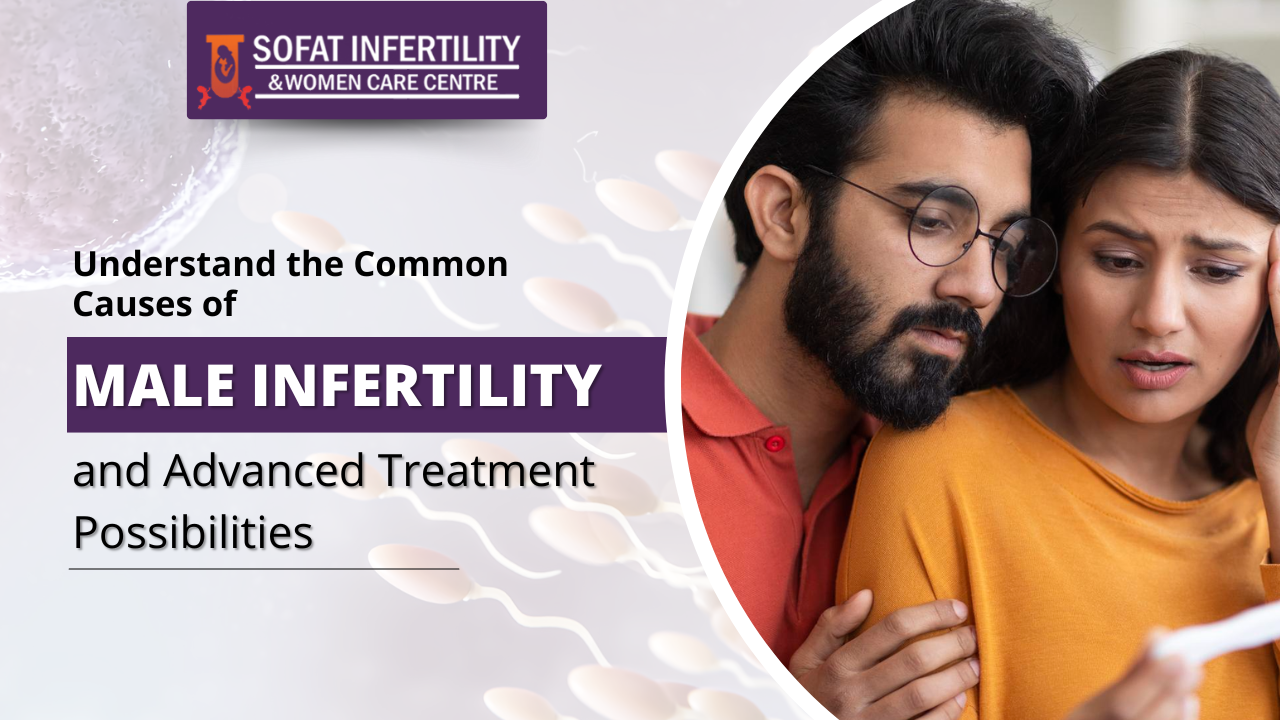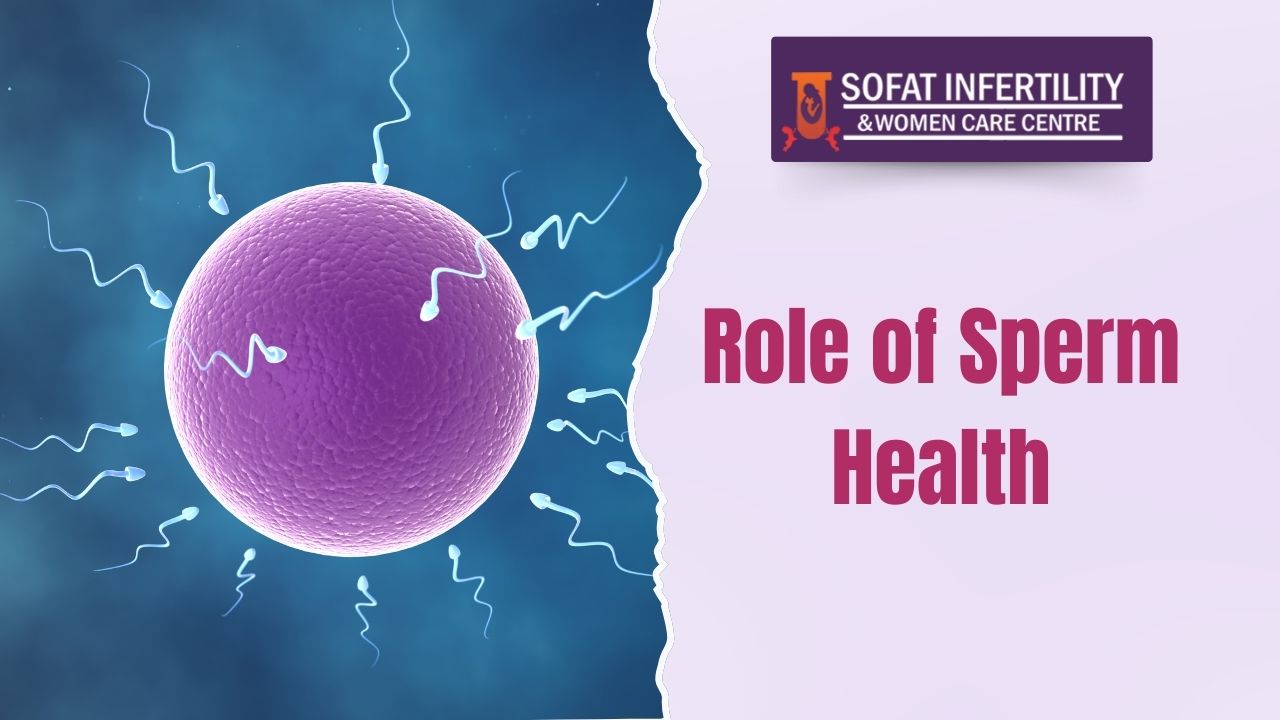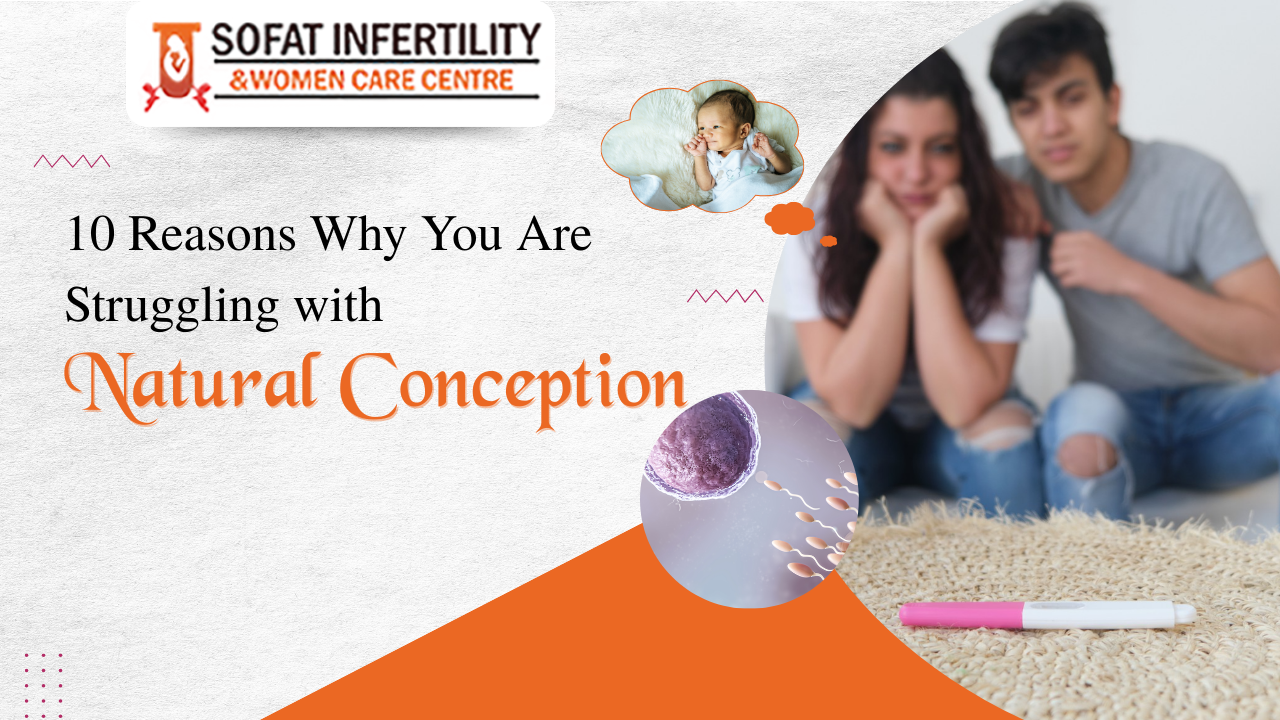![]()
Asherman’s syndrome is a rare condition that affects a woman’s uterus. It happens when scar tissue forms inside the uterus, often due to previous surgeries or infections. This scar tissue can make it difficult for a woman to get pregnant and can cause issues with her menstrual cycle. With medical support, women with Asherman’s syndrome can still have a chance at becoming mothers through treatments like IVF.
Who can get Asherman’s Syndrome?
Anyone who has had surgeries on their uterus, like dilation and curettage (D&C) after a miscarriage or treat heavy periods, can develop Asherman’s syndrome. It’s more common in women who have had multiple D&Cs. Don’t worry; doctors can diagnose and treat this condition. If you are considering IVF, your doctor will assess for this condition to enhance your chances of success at an IVF centre in Srinagar.
What are the Types of Asherman’s Syndrome?
Asherman’s syndrome comes in different types, ranging from mild to severe. The mildest form may involve only a few adhesions or scars inside the uterus. In more severe cases, the entire uterine cavity can be affected, making it challenging for an embryo to implant during IVF.
What are the Causes of Asherman’s Syndrome?
Asherman’s syndrome is a rare condition that can affect fertility. It’s usually caused by trauma to the uterus, like after a D&C procedure. The inner lining of the uterus can stick together, making it hard for a fertilised egg to implant. Other causes can be infections or inflammation in the uterus. This can make it tough for a woman to get pregnant and might require special treatments like IVF.
What are the Symptoms of Asherman’s Syndrome?
In some cases, women with this condition may experience lighter or absent periods, pelvic pain, and fertility. Uterine surgeries can cause Asherman’s; if you are having trouble getting pregnant and you have had uterine procedures in the past, it’s a good idea to talk to a doctor to rule out this condition.
How is Asherman’s Syndrome Diagnosed?
Asherman’s syndrome is diagnosed through a hysteroscopy, a procedure where a tiny camera checks the inside of the uterus. Doctors also use a saline infusion sonogram (SIS) to spot any abnormalities. This helps them understand if Asherman’s might be causing fertility issues. Don’t worry, it’s not too painful, and it’s an important step in IVF treatment.
How is Asherman’s Syndrome Treated?
When dealing with Asherman’s syndrome, it’s essential to find the best IVF doctor in Punjab. Treatment typically involves surgical removal of uterine scar tissue, followed by IVF. An experienced and skilled IVF specialist can provide guidance throughout this process, maximizing the chances of a successful pregnancy. So, don’t hesitate to seek the experience of the best IVF doctor in Punjab to help you on your journey.
Conclusion
When facing Asherman’s syndrome and considering IVF, finding the right care is crucial. The expertise of the best IVF doctor in Punjab can make all the difference in your journey towards parenthood.







